w e a v e
let architecture be an optimistic manifestation of production
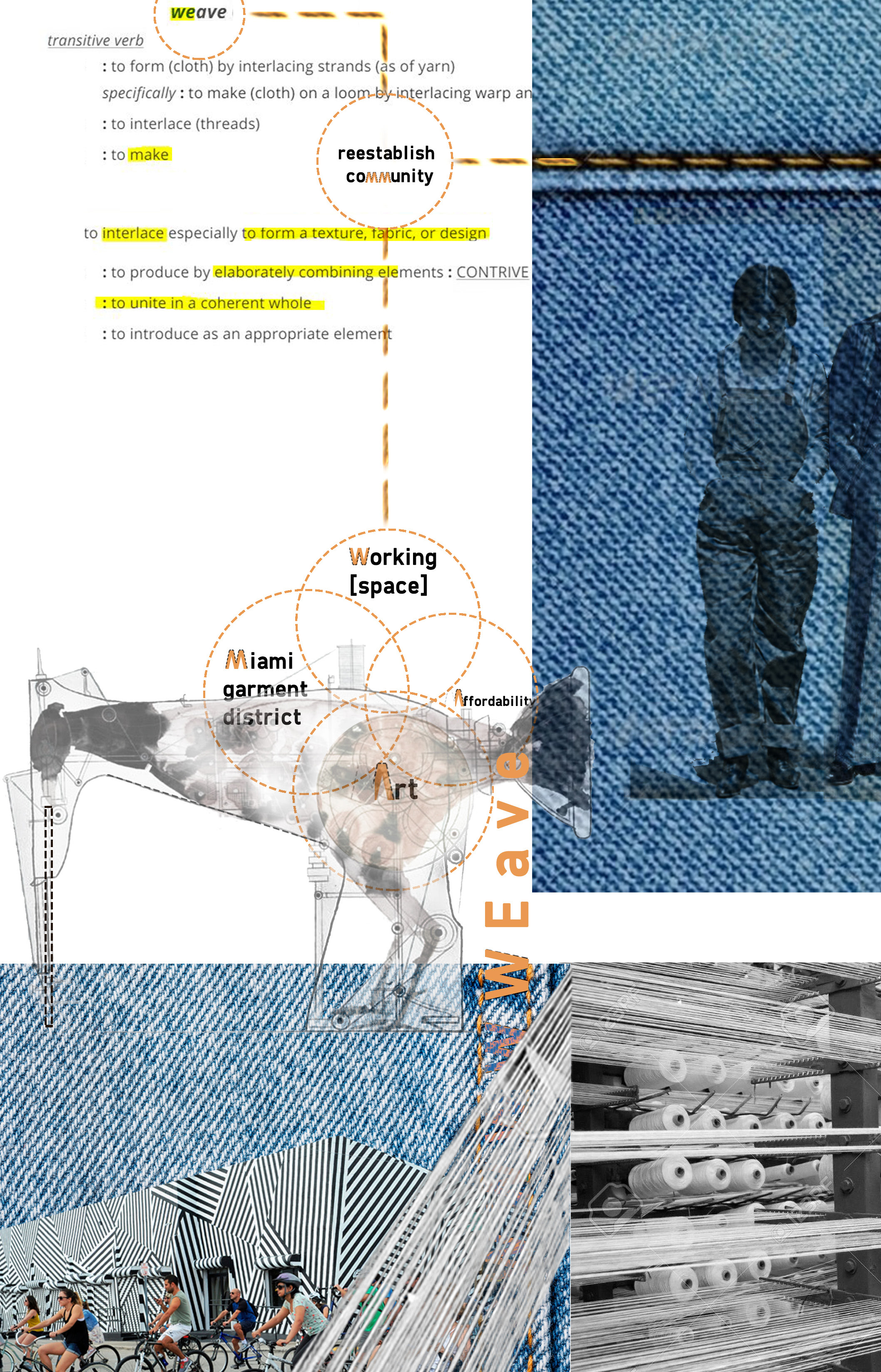
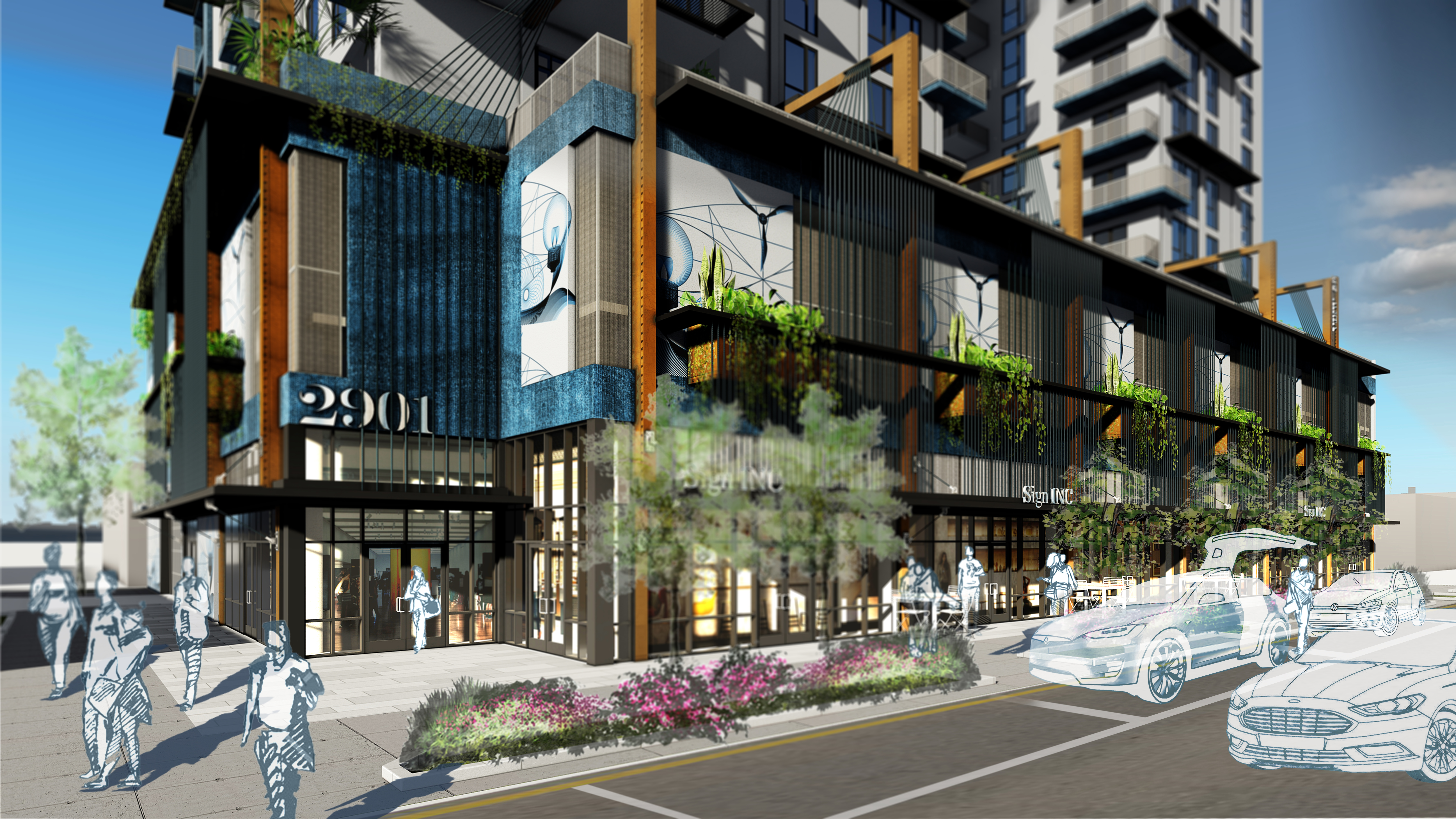
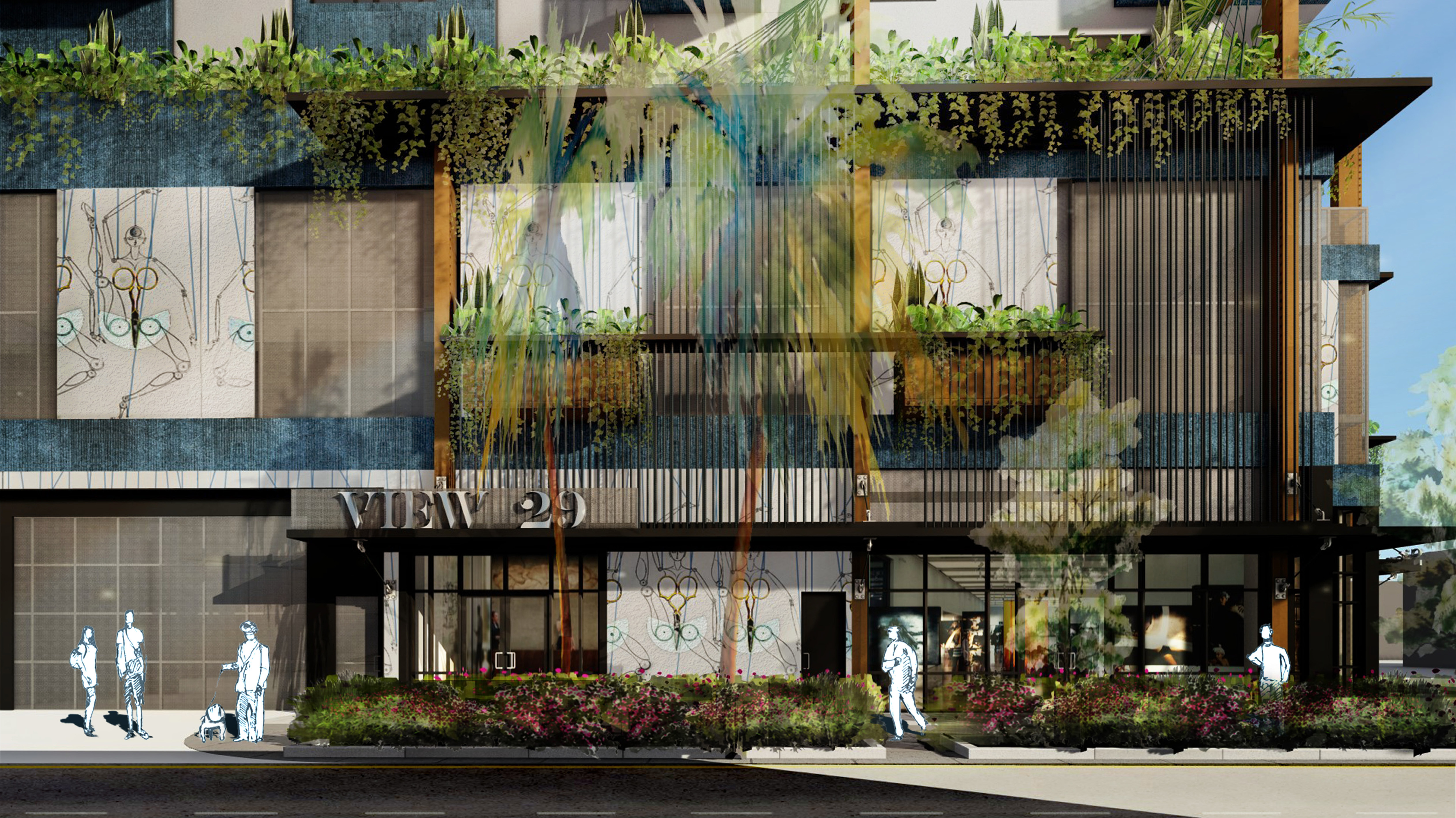
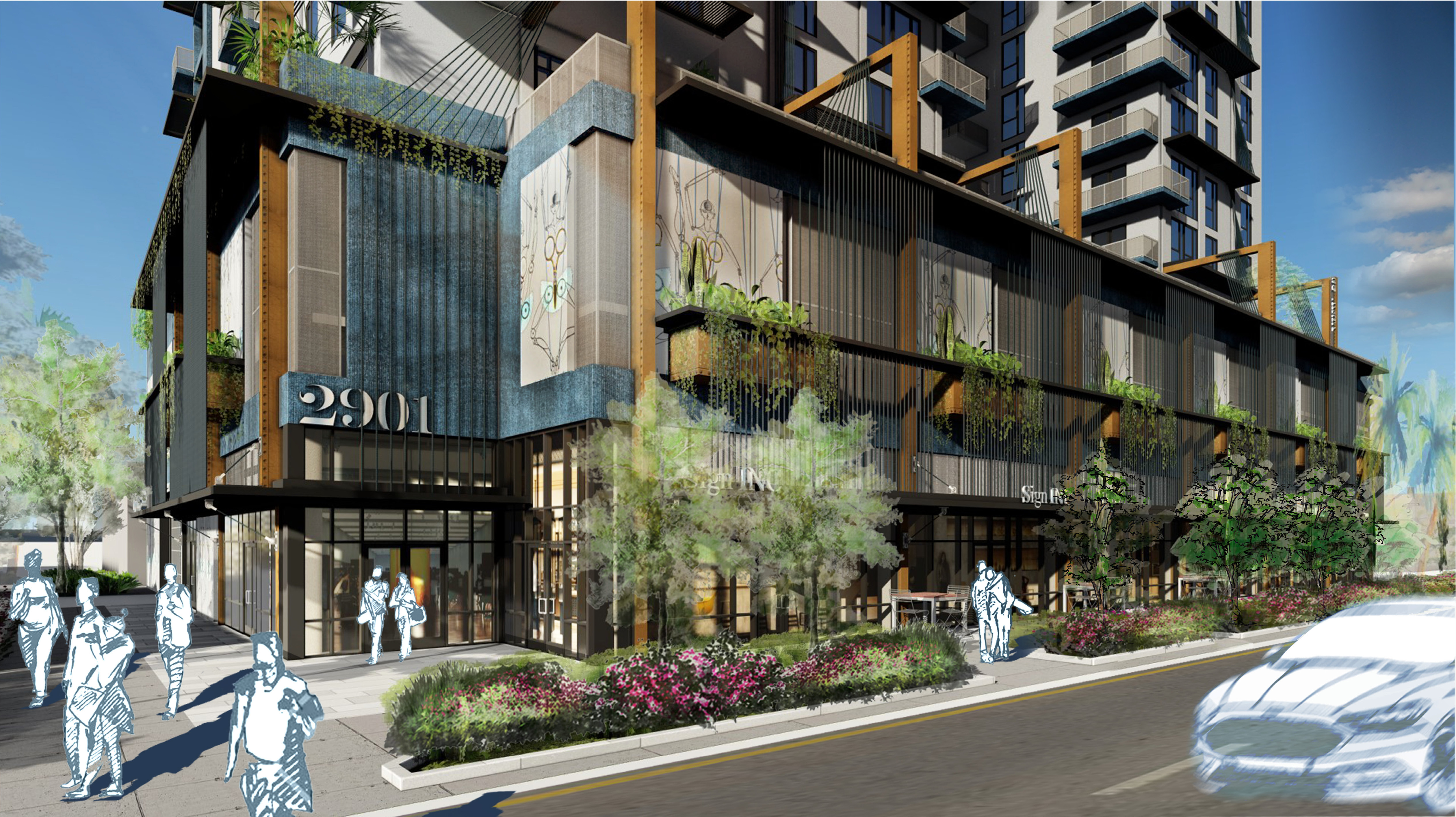
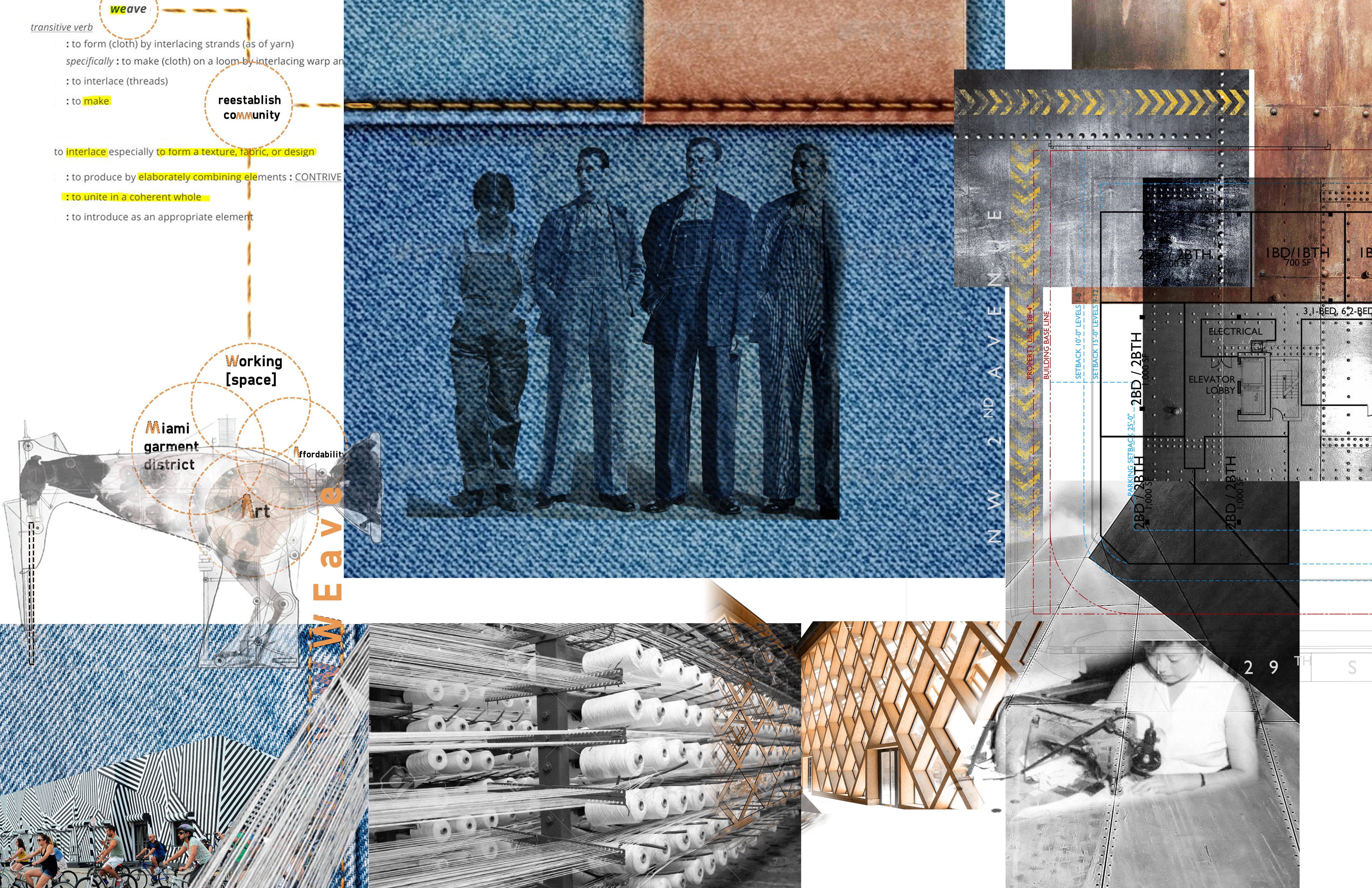
Artist intervention studies:
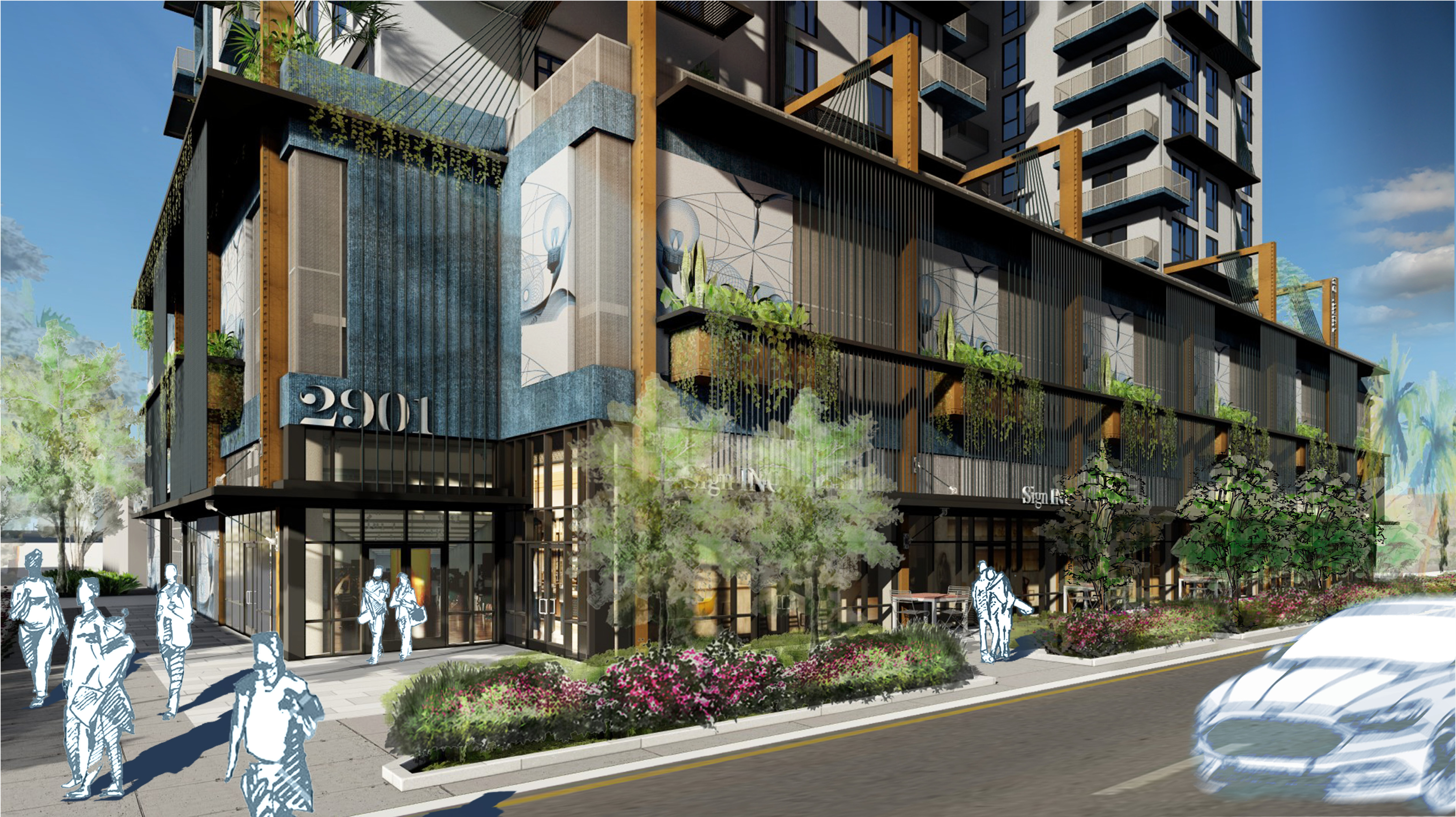

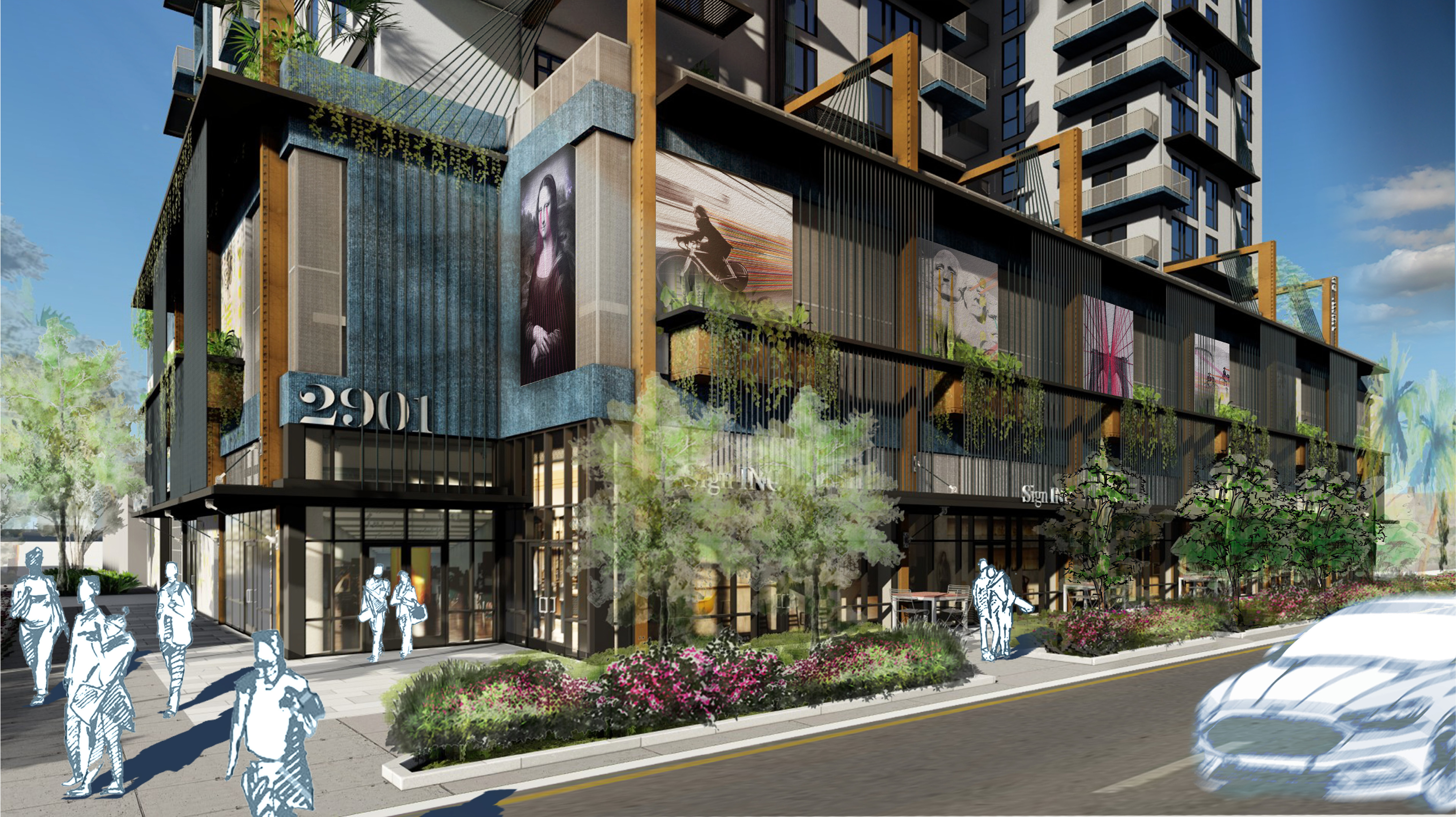
Artist: Carlos Estevez

Artist: Andrea Minini

Artist: Mana Morimoto

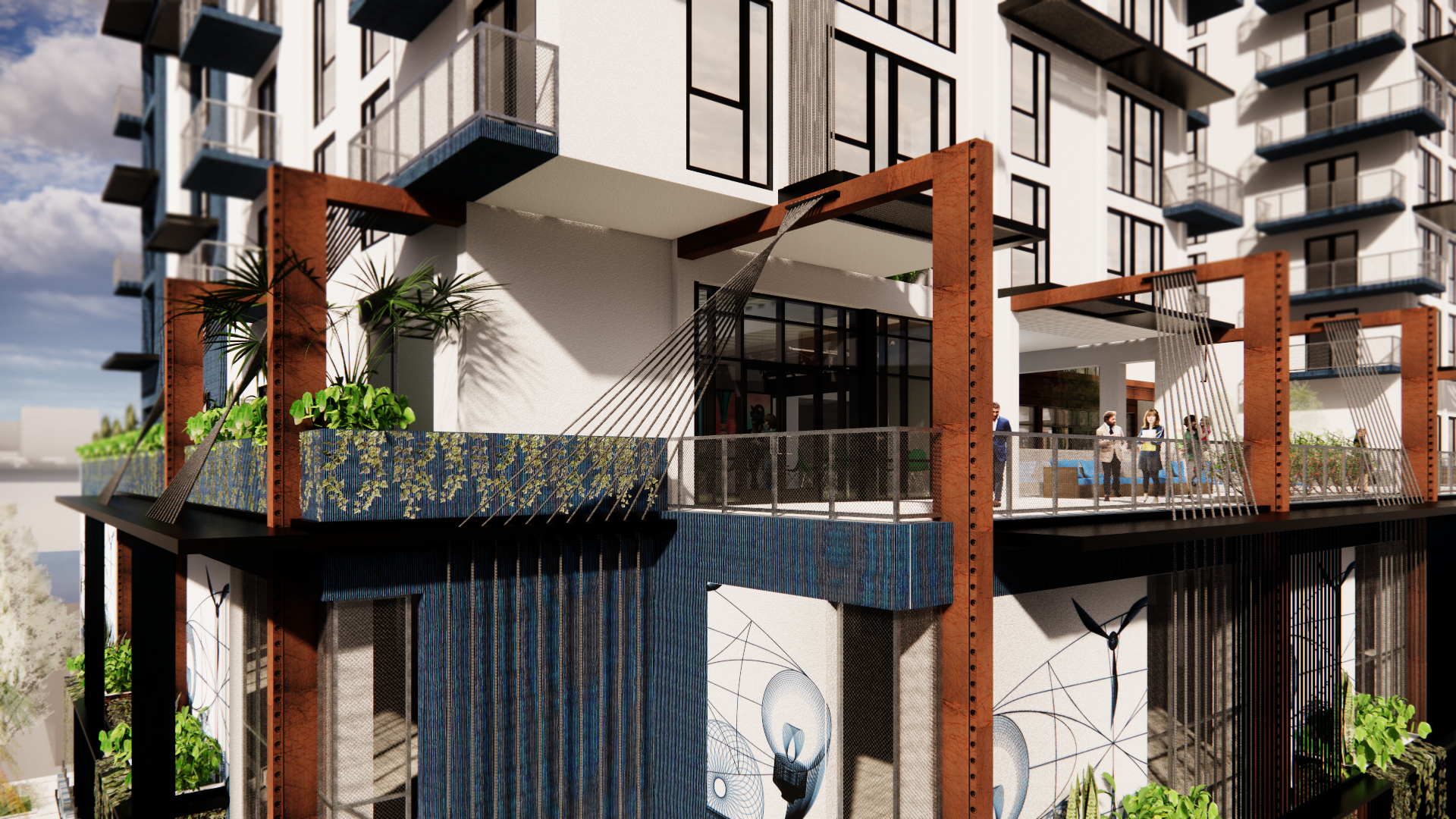
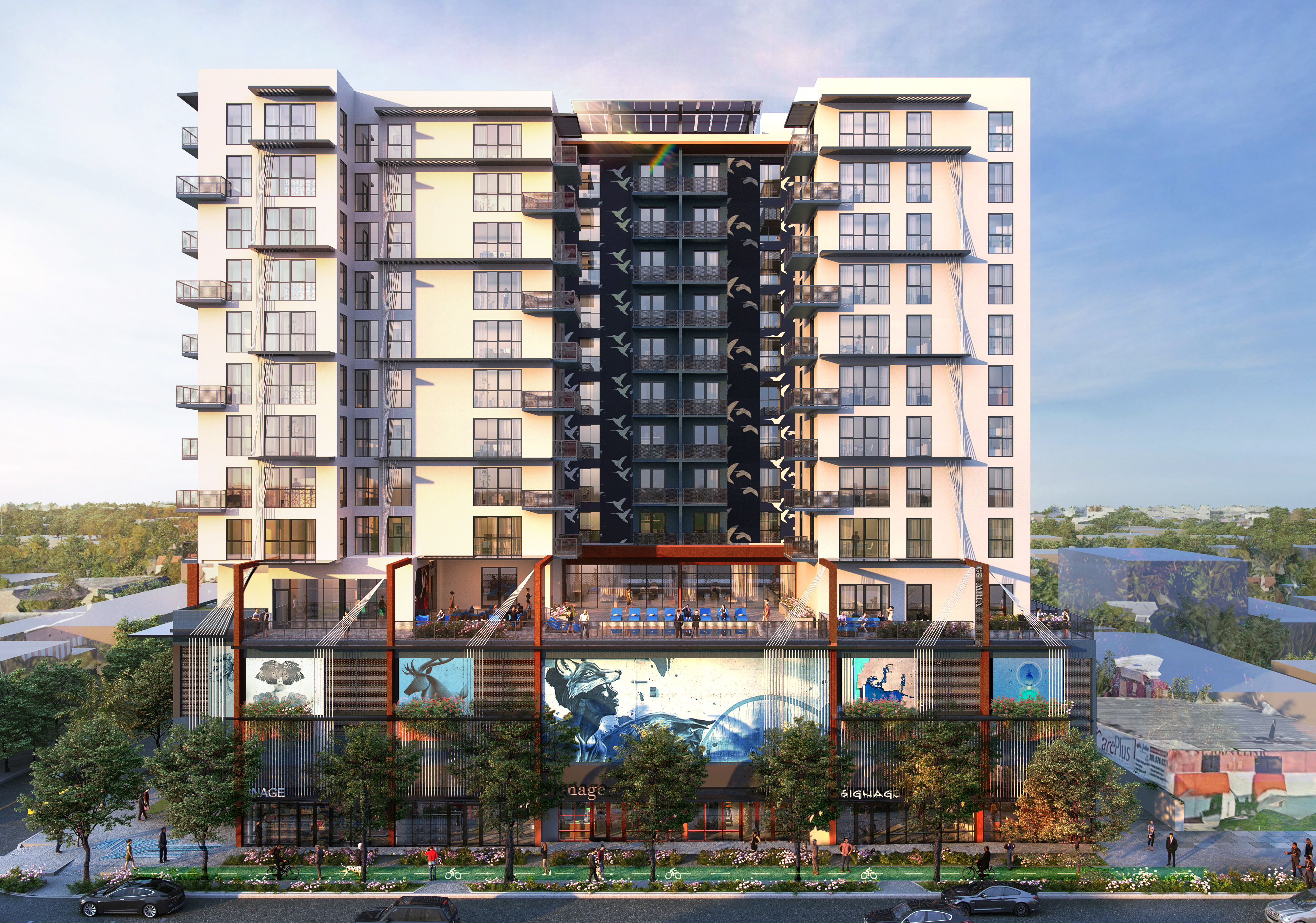
Miami, FL
year: 2019
role: conceptualization, design, rendering, rendering post-production, modeling, presentation, zoning research, drafting, art consultant research
year: 2019
role: conceptualization, design, rendering, rendering post-production, modeling, presentation, zoning research, drafting, art consultant research
The rapid expansion of Wynwood, a
traditionally working class and industrial neighborhood,
makes affordability options imperative. The developer of this project is a 75-year-old service organization with a mission
of providing with clean, quality, affordable housing to underserved communities
such as single parents, female heads of household, the disabled, seniors, and
working families.
The building is on track for National Green Building Standard (NGBS) gold certification. The 116-housing unit complex stands on the Fashion District, which stretches along 5th avenue from 23rd to 29th Street. Once a hub for Jewish garment manufacturers, the district saw investment from Korean garment business owners, who endured vacant and boarded-up warehouse facades that came with the decline of the 1980’s. Their enrtepeneurship helped to revitalize the district into today’s vibrant small-business strip.
The materiality, colors and textures celebrate the industrial, entrepreneurial nature of the site with rake-textured, denim-colored stucco, copper cladding, rivets and weaving steel wire that are reminiscent of denim and of fabric and loom machines.
The building presents the image of an entity threading itself, in an optimistic manifestation of production.
The building is on track for National Green Building Standard (NGBS) gold certification. The 116-housing unit complex stands on the Fashion District, which stretches along 5th avenue from 23rd to 29th Street. Once a hub for Jewish garment manufacturers, the district saw investment from Korean garment business owners, who endured vacant and boarded-up warehouse facades that came with the decline of the 1980’s. Their enrtepeneurship helped to revitalize the district into today’s vibrant small-business strip.
The materiality, colors and textures celebrate the industrial, entrepreneurial nature of the site with rake-textured, denim-colored stucco, copper cladding, rivets and weaving steel wire that are reminiscent of denim and of fabric and loom machines.
The building presents the image of an entity threading itself, in an optimistic manifestation of production.